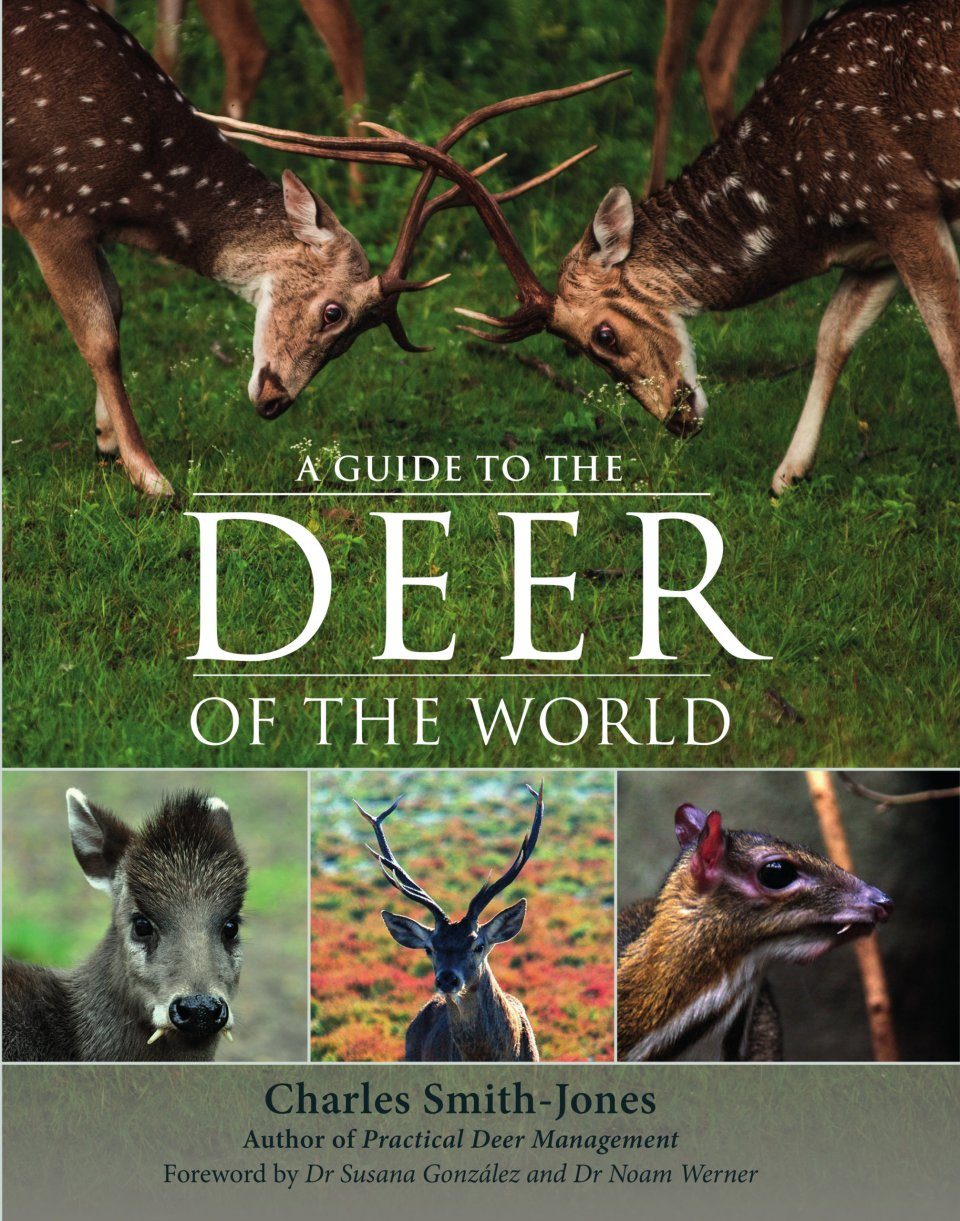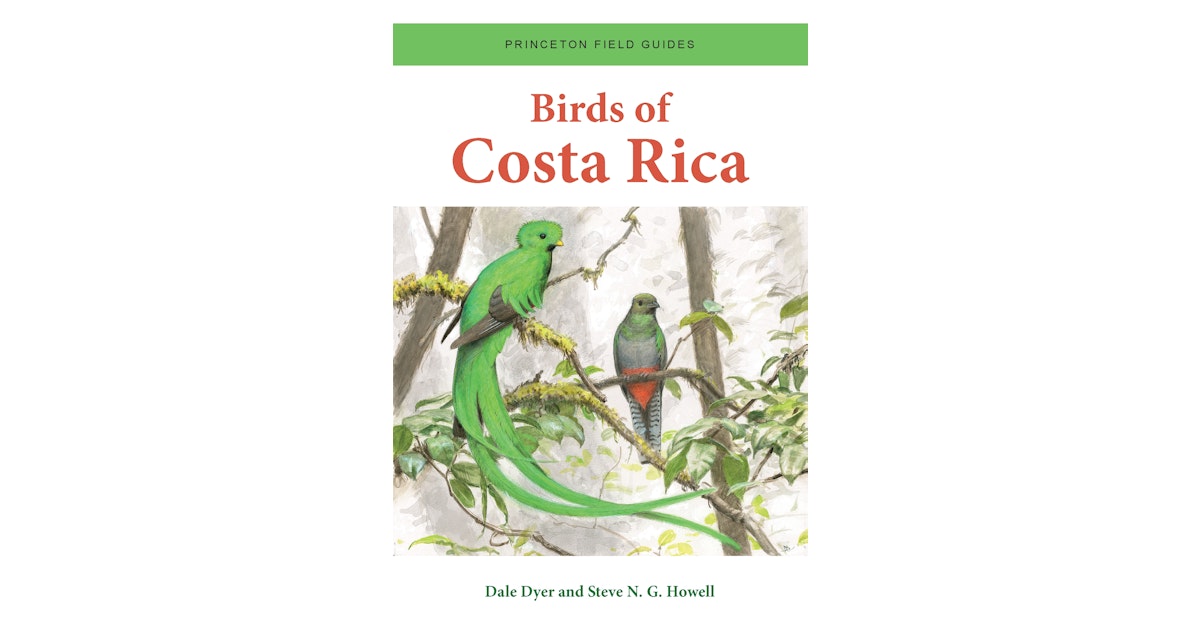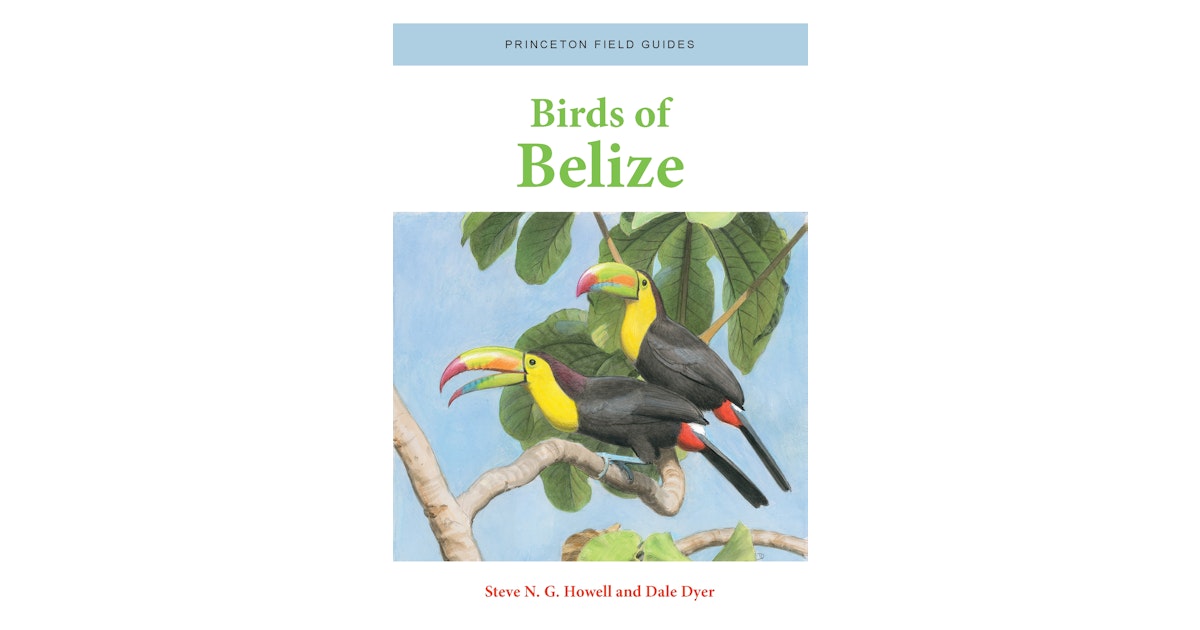twilighter
Active member
A new, very welcomed book on Deers coming in July
A Guide to the Deer of the World

A Guide to the Deer of the World

A Guide to the Deer of the World
Buy A Guide to the Deer of the World (9781846893629): NHBS - Charles Smith-Jones, Susana González, Noam Werner, Quiller Publishing
www.nhbs.com










